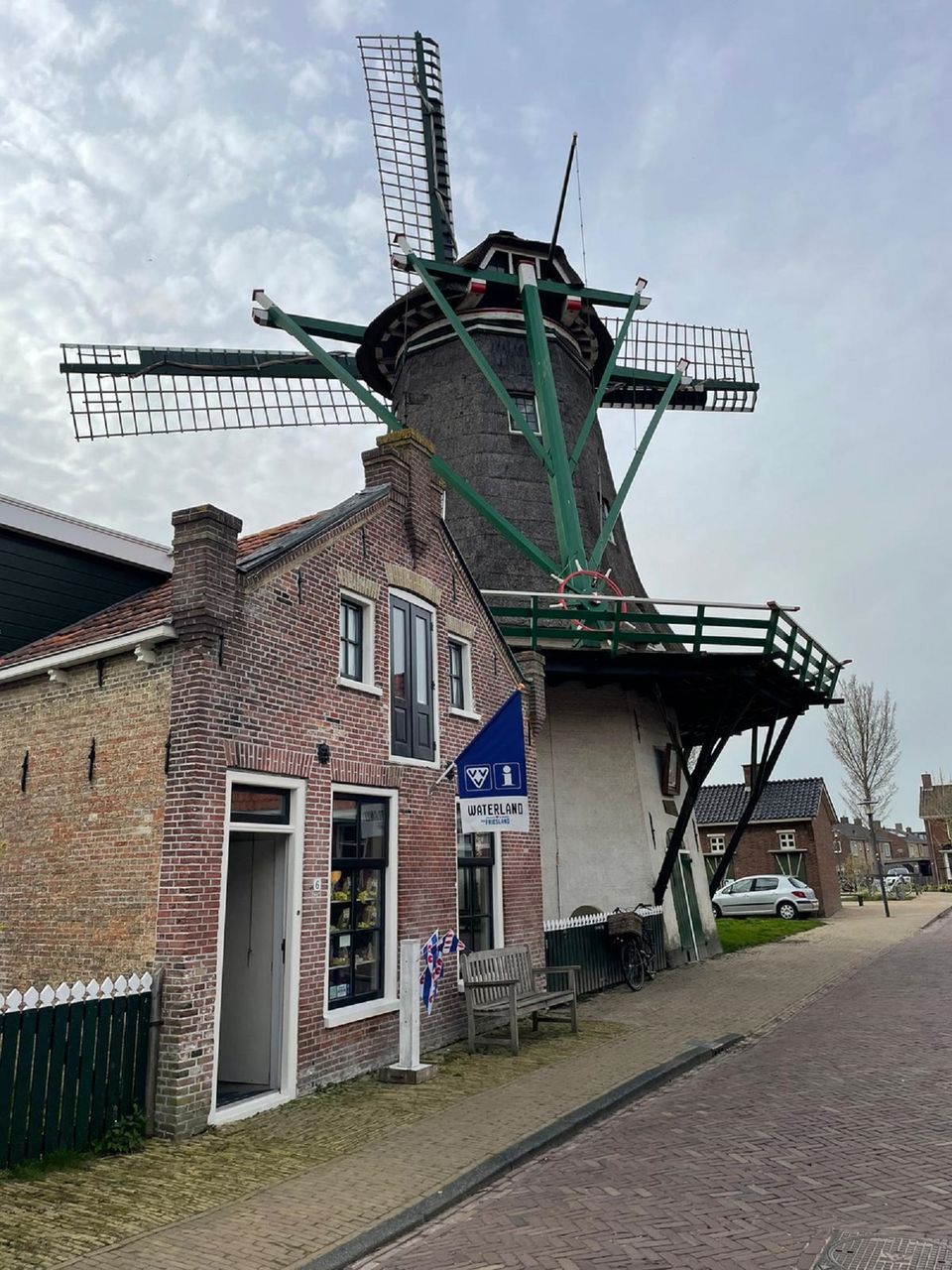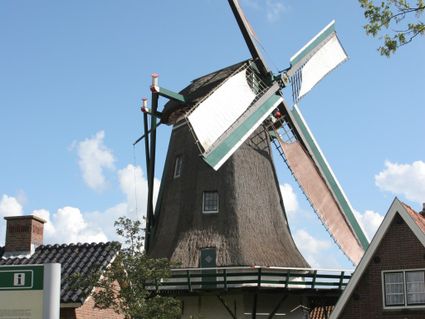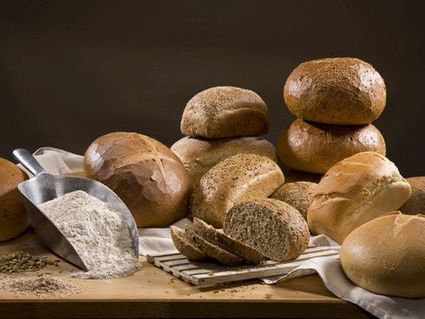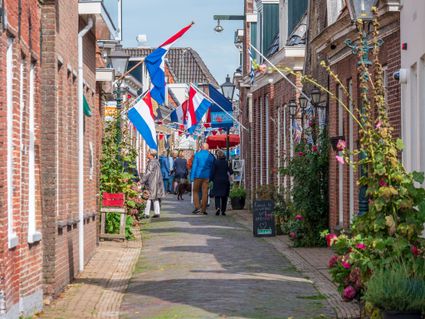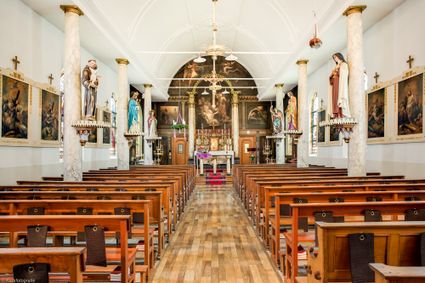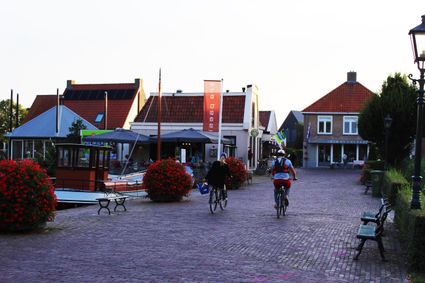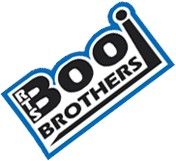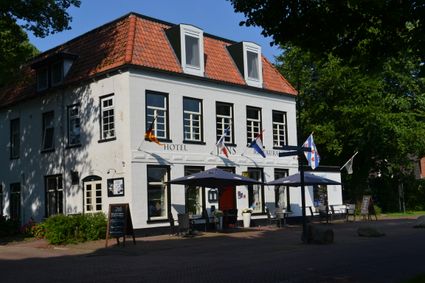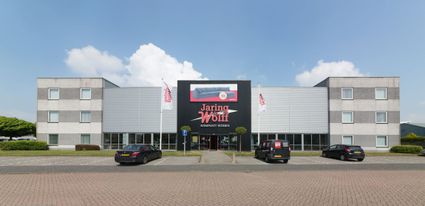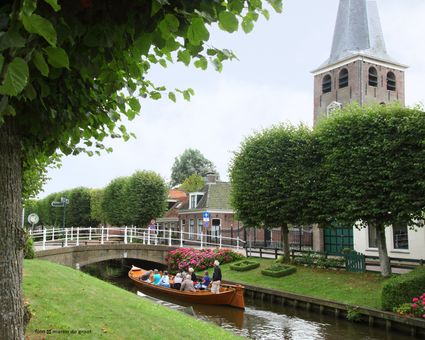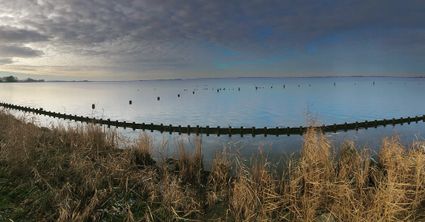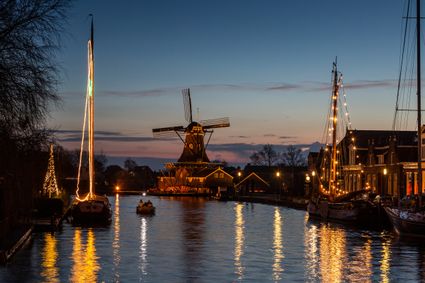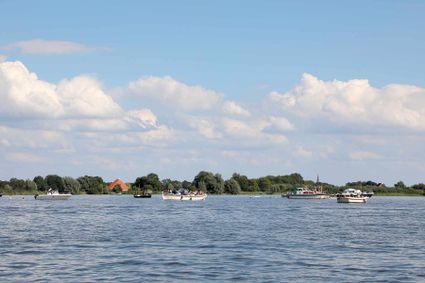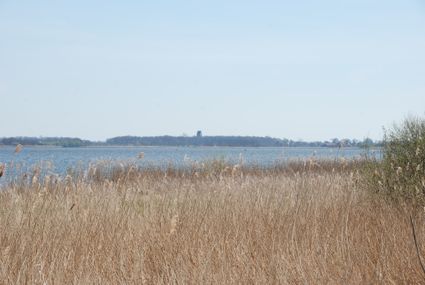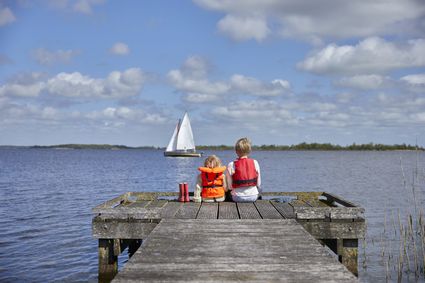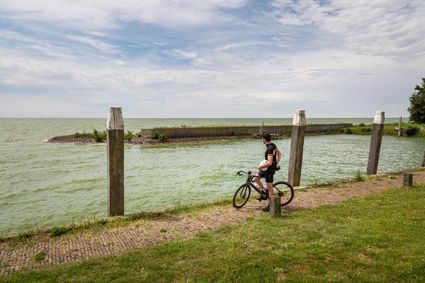Tourist Information Woudsend
Woudsend
At the windmill 't Lam, you will find the information point for Woudsend. Here, you can find all the tourist information that is important for both visitors and residents of Woudsend.
Take a look
At the windmill 't Lam, you will find the VVV location Woudsend. Here, you will find extensive information about the region, accommodation options, events, and activities in Woudsend and the Waterland van Friesland region.
You can get information on walking, cycling, and boating here. You can also find (digital) information about the region, including our inspiration newspapers and magazines, as well as a selection of other informative products. Our local on-site can also tell you a lot about our region.
Opening hours May to September:
Monday to Wednesday: 13.00-17.00 uur
Thursday to Saturday: 10.00-17.00 uur
Sunday 13.00-17.00 uur
Opening hours October to April:
Wednesday: 13:00 – 17:00
Thursday to Saturday: 10:00 – 17:00
- Distance to your location:
Here you will find Tourist Information Woudsend
VVV locatie Woudsend, bij molen 't LamMolestrjitte 4
8551 NZ Woudsend Plan your route
from your location
Locations
View all locations-
Delleboersterheide - Catspoele - Libellenvlonder
Delleboersterheide - Catspoele - Libellenvlonder
In the neighbourhood
View all routes-
Grien Blau Southwest Friesland | Sustainable sailing route
Grien Blau Southwest Friesland | Sustainable sailing route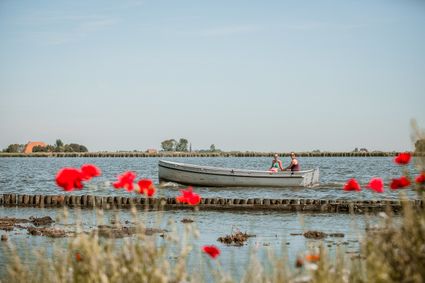 (40.0 km)Heeg
(40.0 km)Heeg -
Ontdek Nationaal Landschap Zuidwest Fryslân
Ontdek Nationaal Landschap Zuidwest Fryslân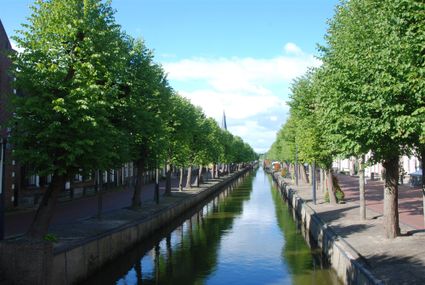 (55.2 km)Woudsend
(55.2 km)Woudsend -
Sneek - Balk | Elfstedenpad Hiking Trail: Section 3
Sneek - Balk | Elfstedenpad Hiking Trail: Section 3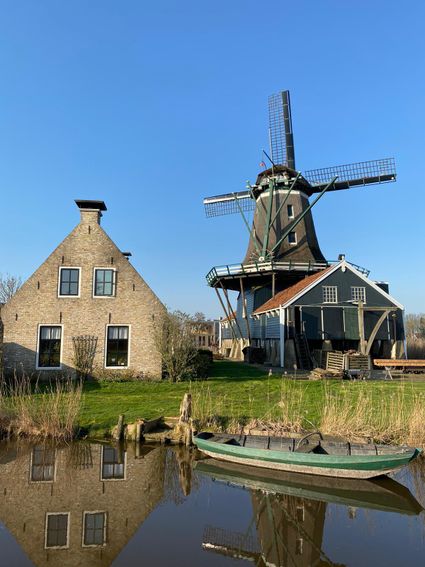 (23.4 km)Sneek
(23.4 km)Sneek -
Edible Friesland - Frisian Lakes Food Route
Edible Friesland - Frisian Lakes Food Route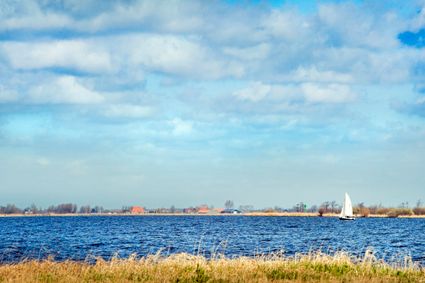 (56.0 km)Oudega SWF
(56.0 km)Oudega SWF
